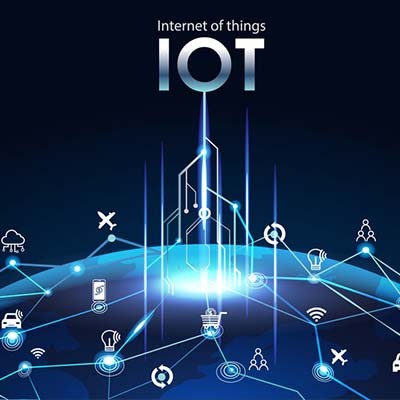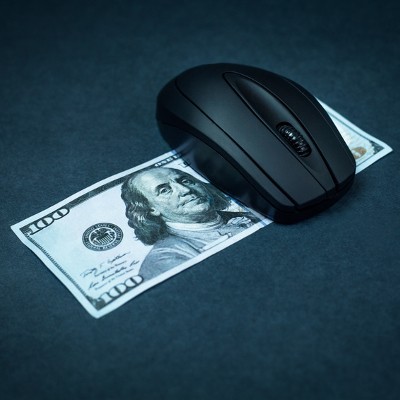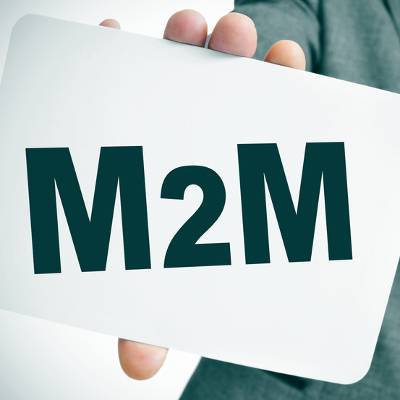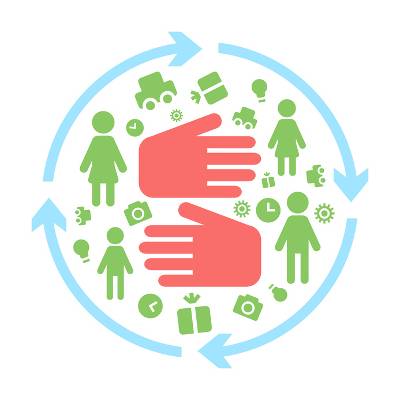The Internet of Things has been growing rapidly, and with this growth it has become a major part of daily life. There are connected devices you couldn’t even fathom being needed, but some have turned out to be exceeding useful. In 1977, the release of Star Wars saw people’s imaginations expand. The science end of the sci-fi went into overdrive, and soon communications and computing would change forever. Despite being a long time ago in a galaxy far, far away, the Star Wars universe introduced several concepts of the Internet of Things, decades before the IoT was even conceptualized. This week, we will take a look at the modern day Internet of Things, and how Star Wars primed us for our own future.
Network Synergy Blog
Network Synergy has been serving the Trumbull area since 1988, providing IT Support such as technical helpdesk support, computer support, and consulting to small and medium-sized businesses.
1 Comment
People spend a lot of money on the Internet. From an individual standpoint, the amount the average person spends on Internet-based services is their largest expense outside of the money they spend on their residence, and perhaps their transportation costs. In order to understand the landscape of what is effectively a battle for Internet supremacy, you first have to take a look at the battlefield itself.
The Internet of Things (IoT) is changing the way that businesses approach technology solutions, but its biggest impact might be in the consumer environment. With so many new devices connecting to the Internet and communicating with each other, it can be difficult to slap a label on the Internet of Things and associate it with the countless devices being created every day.
With the Internet of Things continuing to gain popularity, we’re seeing more devices that connect to the Internet than ever before. However, what the users of these devices might be failing to take into consideration is the fact that the Internet is a dangerous place full of threats and other miscreants. What happens if these criminals decide to attack any of your connected devices? This is a relevant question to ask since October is Cyber Security Month, and The Internet of Things represents the next frontier of cyberspace.
The incorporation of mobile devices into day-to-day life has changed the culture significantly. In fact, when Apple introduced “iPhone” less than a decade ago, Steve Jobs famously said, “It’s like your life in your pocket.” Now, over eight years on from the launch of the first iPhone, it’s hard to remember what life was like before you had a full-function information system in the palm of your hand. We’ve come to rely heavily on these devices, driving mobile profits up and creating a market that didn’t have any substance only a short time ago.
The Internet of Things is changing the face of web-connected devices as we know it. Some would argue that the world isn’t ready for the IoT, but it’s on its way nonetheless. But what really constitutes the Internet of Things? InfoWorld suggests that a lot of what the public sees as the Internet of Things shouldn’t be classified as IoT devices. Therefore, we need a more substantial definition for this revolutionary phenomenon.
Most of the Internet's data is stored in data centers. Logistically, data centers are a great solution to store ridiculous amounts of data. However, from an environmental perspective, data centers may be doing more harm than good. This, according to a new report by the National Resources Defense Council.
In today's connected home, Internet security needs to extend beyond the PC. Any device that's connected to the Internet needs to be password protected, secured with a firewall, and utilize available security apps. These precautions should be taken even with seemingly harmless devices like baby monitors. A family from Ohio recently learned this lesson the hard way.
Are you looking to make 2014 a breakout year for your business? Of course you are. One way to make this happen is to take advantage of the year's biggest business technology trends. This week we are featuring three trends in particular that will give your organization the competitive edge. For our second trend, we're reporting on the advantages of "The Internet of Things."












